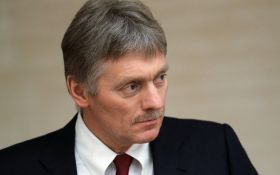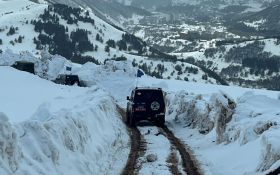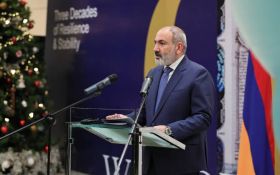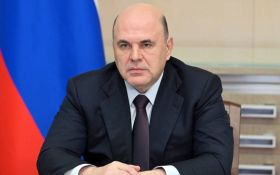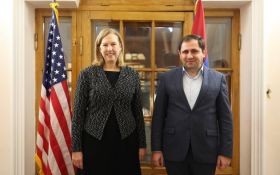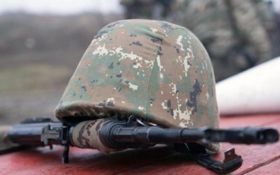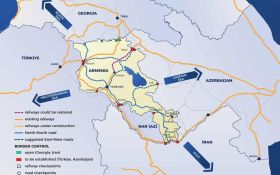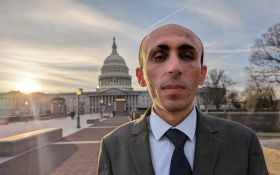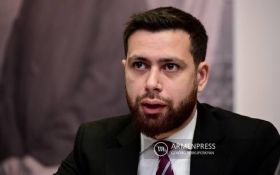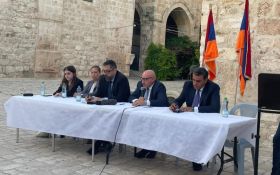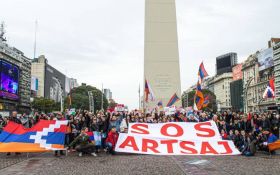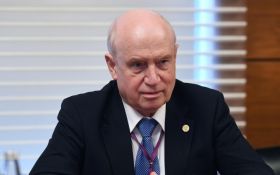The U.S. Senate Appropriations Committee, on the July 9th, following the lead of Senator Mark Kirk (R-IL), voiced its continued support for direct U.S. aid to Nagorno Karabakh. It means that Senates calls upon the executive power to provide direct financial aid to Artsakh in 2016, too.
The history of U.S. financial direct aid to Nagorno-Karabakh Republic with statistics

STEPANAKERT, JULY 11, ARTSAKHPRESS: As Artak Beglaryan writes in his blog “Since 1998 the United States has started providing the Nagorno-Karabakh Republic with annual assistance. That aid goes to such projects, which aim to contribute to the solutions of some humanitarian and peace-building issues.
The Congress report says: “The Committee strongly supports confidence-building measures among the parties to the conflict. Such measures could include strengthening compliance with the cease-fire, studying post-conflict regional development such as water management, transportation routes and infrastructure, establishing a youth exchange program and other collaborative and humanitarian initiatives to foster greater understanding among the parties and reduce hostilities.”
Regarding the channel of implementation, Congress charged the US Agency for International Development (USAID) with dispersing the aid. Some non-governmental organizations, such as Doctors without Borders, the American Red Cross, Family Care, Catholic Relief Society, the United Methodist Church, the Armenian Technology Group, the Halo Trust and others have used these funds through USAID to implement humanitarian assistance programs for the Artsakh people.
Interestingly, besides Armenia, the US is the only country providing direct assistance to Nagorno-Karabakh. In the beginning the funds had been allocated to Abkhazia and Nagorno-Karabakh, as regional conflicts in the South Caucasus. But since 2009, the name of Abkhazia has disappeared from the list of aid receivers, which, supposedly, is conditioned with effects of the Russian-Georgian war of August 2008. Hence, this fact also proves the claim that the decision on direct assistance to Caucasus conflicts was intended primarily to Nagorno-Karabakh among them.
Figure: The US financial aid to Nagorno-Karabakh from 1998 to 2015
| Year | Congressional intent |
Actual expenditure |
Purpose |
| 1998 | $12,500,000 | $5,500,000 | For victims of the conflict. |
| 1999 | $7,500,000 | $3,500,000 | For reconstruction and other activities relating to the peaceful resolution. |
| 2000 | N/A | $2,000,000 | For confidence building measures and other activities in furtherance of the peaceful resolution. |
| 2001 | N/A | $4,000,000 | For confidence building measures and other activities in furtherance of the peaceful resolution. |
| 2002 | N/A | $2,000,000 | For confidence building measures and other activities in furtherance of the peaceful resolution. |
| 2003 | $5,000,000 | $2,000,000 | For addressing ongoing humanitarian needs. |
| 2004 | $5,000,000 | $2,000,000 | For humanitarian and relief assistance to meet basic human needs, including drinking water programs. |
| 2005 | $3,000,000 | $2,500,000 | For humanitarian and relief assistance. |
| 2006 | $3,000,000 | $3,000,000 | For humanitarian and relief assistance. |
| 2007 | $3,000,000 | $2,000,000 | For confidence building measures and other activities in furtherance of the peaceful resolution. |
| 2008 | $6,000,000 | $2,000,000 | For addressing ongoing humanitarian needs. |
| 2009 | $8,000,000 | $2,000,000 | For addressing ongoing humanitarian needs. |
| 2010 | $8,000,000 | $2,000,000 | For addressing ongoing humanitarian needs. |
| 2011 | N/A | $2,000,000 | N/A |
| 2012 | N/A | $2,000,000 | N/A |
| 2013 | N/A | $2,000,000 | N/A |
| 2014 | N/A | $2,000,000 | N/A |
| 2015 | N/A | $2,000,000 | N/A |
| Total | N/A | $44,500,000 | N/A |
The data of 1998-2010 fiscal years is taken from the ANCA document titled “Legislative History of U.S. Assistance to Nagorno-Karabakh” based on figures provided by the State Department’s Office of the Coordinator of U.S. Assistance to Europe and Eurasia to the Congressional Research Service. The 2011-2015 data is taken from media publications and anonymous interviews”.

